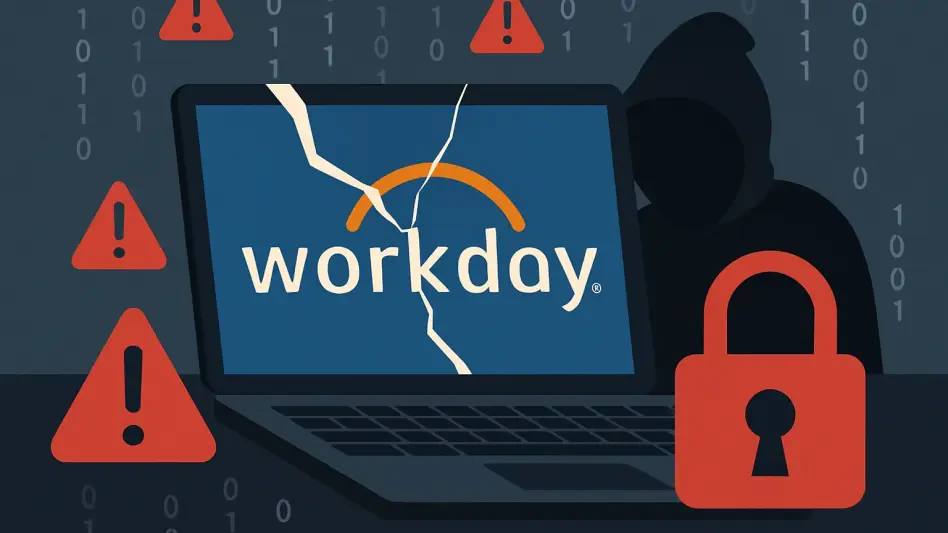In a world increasingly reliant on digital infrastructure, cybersecurity remains a contentious but critical topic for political leaders across the globe. Cybersecurity strategies can profoundly shape a nation’s ability to protect its digital assets and mitigate cyber threats. Over the past few years, the United States has witnessed a notable shift in cybersecurity policy as executive directives transitioned from President Donald Trump to President Joe Biden. Both administrations crafted distinctive strategies that reflect their broader governance philosophies and priorities in this digital age. The passing of these executive orders witnessed critical changes, particularly in areas such as software security practices, AI utilization, and the adoption of post-quantum cryptography.
Key Differences in Software Security Approaches
Biden’s strategy centered on leveraging federal procurement power, requiring contractors to comply with strict software development standards designed to enhance overall software security. Contractors had to submit attestations of compliance, containing technical evidence validated by the Cybersecurity and Infrastructure Security Agency (CISA), which was instrumental in ensuring adherence to these standards. This compliance-focused approach aimed to reshape security protocols across the software industry, requiring verification and transparency at various stages. The Office of the National Cyber Director was responsible for reviewing these attestations and empowering the Department of Justice in enforcement actions to ensure adherence.
Trump’s executive order marked a departure from this trajectory by eliminating these requirements. Instead of mandating attestations, the Trump administration argued that such checklists distracted from genuine security investments. The order emphasized flexibility, granting technology vendors and government contractors greater autonomy in security operations. While the requirement for attestations was removed, Trump retained the collaborative effort between the National Institute of Standards and Technology (NIST) and industry players. This ongoing collaboration aimed to refine the Software Development Framework, but without shaping federal vendor mandates.
Shift in AI and Post-Quantum Cryptography Focus
Artificial intelligence was another area of focus within Biden’s cybersecurity strategy. The Biden administration viewed AI as a critical tool for bolstering cybersecurity frameworks, especially to defend critical infrastructure sectors like energy. Under Biden, efforts to study AI’s potential contributions to cyber defense were prioritized, and federal initiatives were set to enhance AI-driven secure system design. However, Trump’s executive order rescinded these priorities, indicating a lesser focus on AI in cybersecurity endeavors. Research into AI-backed cybersecurity defenses under federal oversight diminished, with Trump’s order reprioritizing AI research in different areas.
Regarding post-quantum cryptography, Trump diverged considerably from Biden’s ambitious timelines for deploying quantum-resistant technologies within federal networks. Biden’s order set directives for immediate steps toward adopting quantum-resistant encryption, demonstrating a proactive approach in national preparedness for quantum computing threats. Conversely, Trump’s strategy scaled back this robust outlook to maintaining an inventory of available quantum-resistant products through CISA. Additionally, Trump’s decision circumvented encouraging global adoption of NIST-approved post-quantum algorithms, reflecting more attention on national priorities.
Adjustments to Biden’s Other Cybersecurity Measures
The breadth of Trump’s modifications extended to other Biden-era cybersecurity initiatives. Efforts to develop phishing-resistant authentication systems, guided improvements in network security through NIST advice on internet routing and email encryption were annulled. Initiatives aimed at managing risks from IT vendor concentration within federal systems, driven by the Office of Management and Budget, were also rescinded under Trump’s direction. Moreover, digital identity deployment initiatives intended for fraud prevention were dismissed as inappropriate, revealing fundamental disagreements with Biden’s strategies.
Nonetheless, some elements were retained from Biden’s directive, illustrating selective acceptance of specific security measures. For instance, Trump’s order upheld a Federal Communications Commission initiative requiring internet-of-things (IoT) device security evaluations via accredited labs by the year 2027. This retention highlights a limited alignment with Biden’s focus on security standards, acknowledging specific areas where Biden’s approach may have been deemed beneficial.
Conclusion: Divergent Philosophies in Cybersecurity Policy
In today’s world, where reliance on digital infrastructure grows continually, cybersecurity stands as a contentious yet crucial topic for global leaders. The strategies surrounding cybersecurity can significantly influence a nation’s capability to protect its digital assets and address cyber threats. In recent years, the United States has experienced a marked shift in cybersecurity policies as executive directives transitioned from President Donald Trump to President Joe Biden. Each administration formulated unique strategies that mirror their governance philosophies and priorities in the digital era. These executive orders brought about important modifications, especially concerning software security practices, artificial intelligence application, and the incorporation of post-quantum cryptography. As technology evolves, these policies underscore the importance of adapting cybersecurity measures to keep pace with emerging digital challenges and to safeguard national interests in the face of growing cyber threats worldwide.








